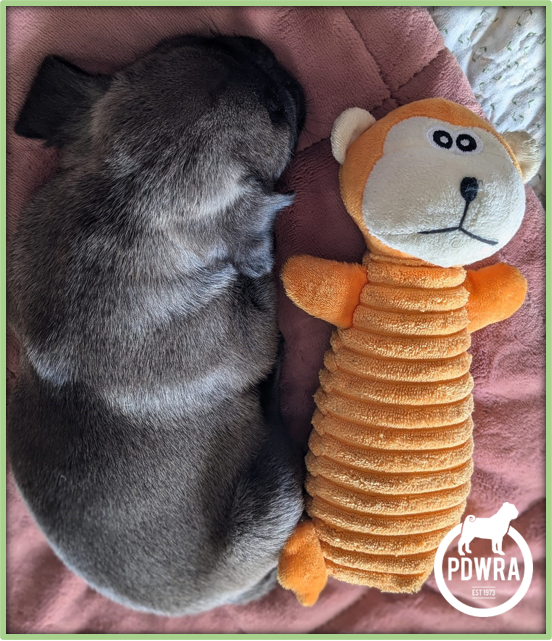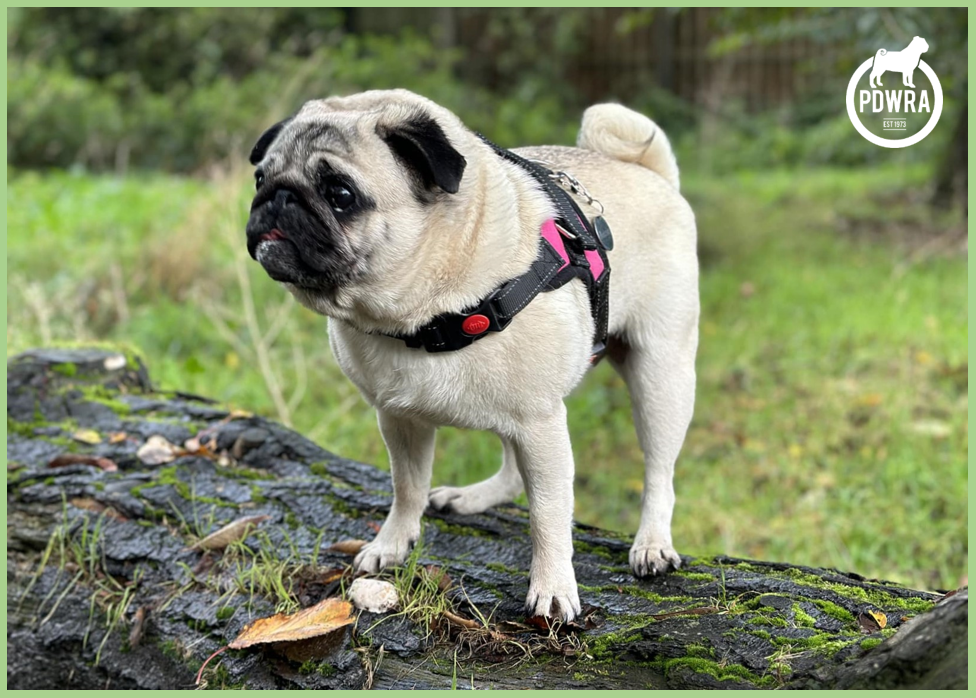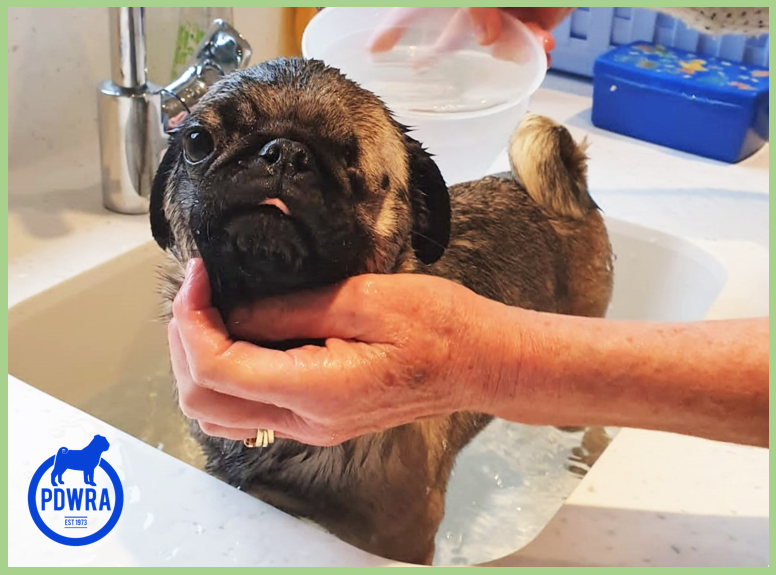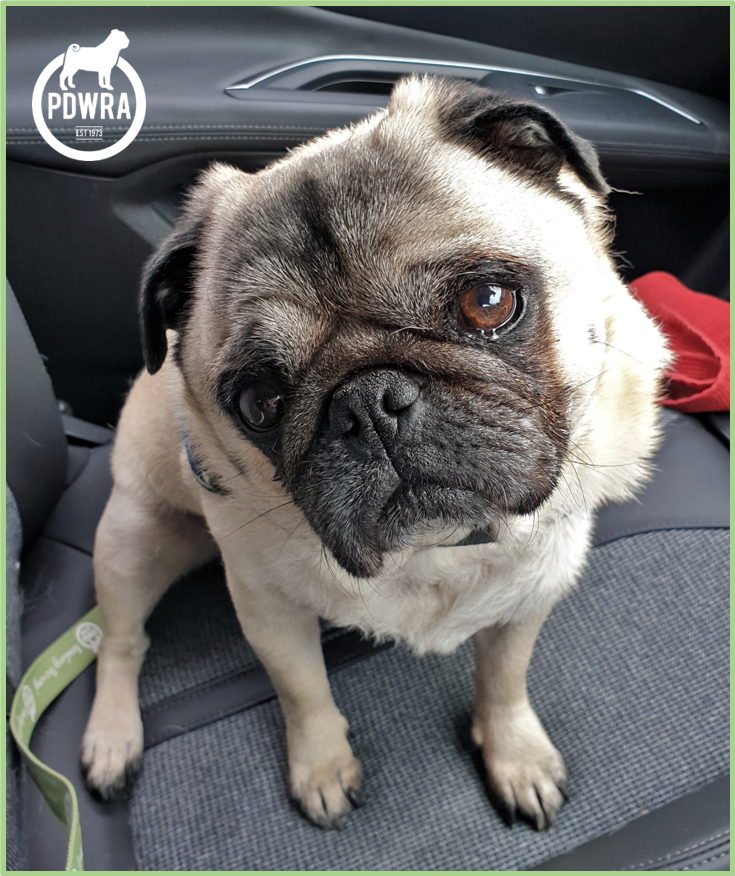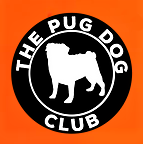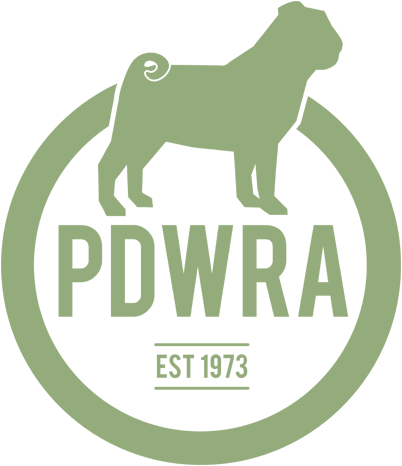You want a pug, maybe a bonded-pair? a puppy? You’ve wanted one for years. You hopefully have done some research and believe this is the breed for you.
Please read on if you are not familiar with the breed. There are some things about pugs that aren’t in all the books to see if a pug is the best fit for you.
Let’s start by saying that no two pugs are alike. Don’t assume that because your neighbour’s pug is a slug, yours will be!
It’s a HUGE mistake to judge all pugs by your experience with one or two. They can vary quite a bit in energy, intelligence and temperament, ranging from go-with-the-flow to I’m-in-charge-of-everything.
Gross Generalizations that tend to be true:
- Blacks tend to be busier and have more attitude than fawns.
- Females tend to be pushier and more in your face than males.
- Males tend to be more laid back and easy going than females.
- There are exceptions to all of the above.
Pug Puppies: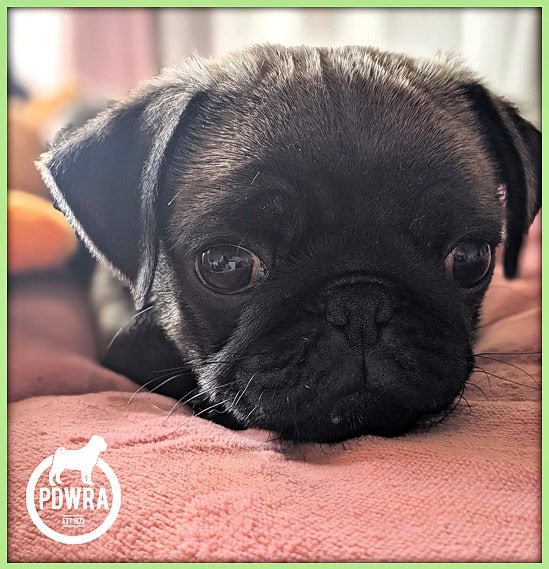
No doubt, you’ve read about how pugs are sweet, affectionate, cuddly and low energy. So you will be rightfully horrified when you find that your puppy is a whirling dervish of energy who snuggles for 30 seconds and then is off again to race around the house, leaving destruction in his or her path. Pug puppies are no different from any other puppy. Expect nipping, chewing, gnawing, jumping, pulling on your trouser legs, shoe destroying, and general mayhem.
Here’s the reality. NO puppy is a couch potato. They are all lunatics. Some more than others. You likely won’t have a couch potato pug until at least the age of two and your pug may NEVER be a couch potato. Pugs from reputable breeders are more likely to have the pug temperament eventually, but even they will be devils as a puppy. If your puppy is from the internet, a pet store, a newspaper ad, then it’s up for grabs what kind of temperament you may end up with. You might get a pug that has the solid and stable temperament that is the signature of the breed, but you might also end up with a high drive, high energy pug that won’t settle down for several years, if ever.
One of the best ways to wear a puppy out (or any busy dog) is to engage them in activities that make them work and think. This is why obedience classes are so great – it may only be an hour, but that’s a hard hour of learning and really takes the ‘edge’ off of a busy dog.
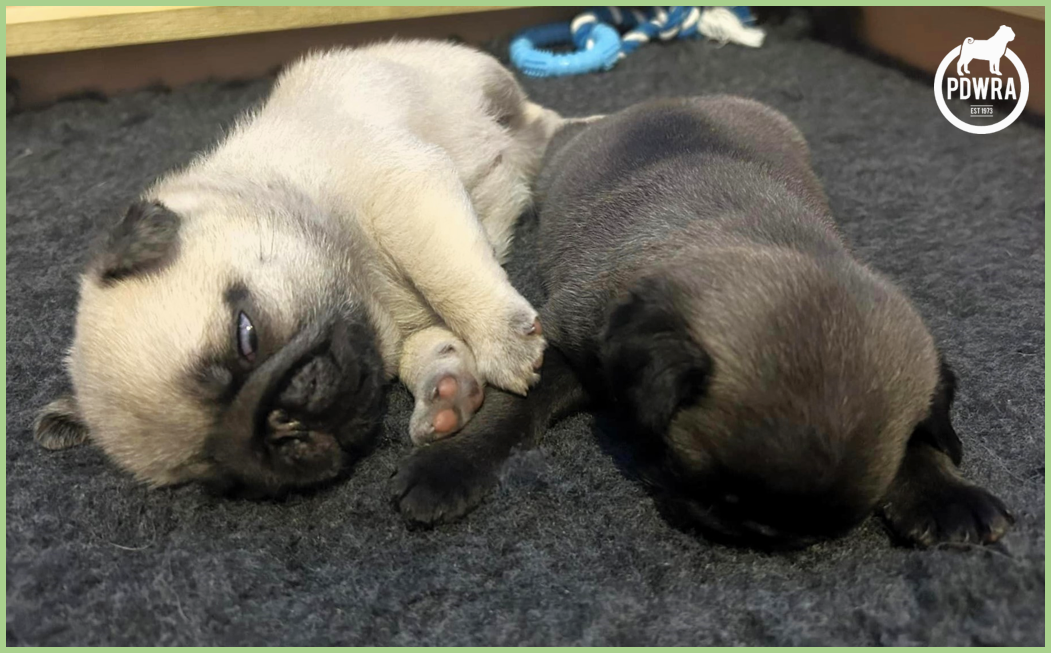
Pugs are and were bred to be companion animals. They need people. If you are going to be gone for long periods of time and/or be too tired to engage with your pug when you get home from work, then a pug probably isn’t the dog for you. And pug puppies will need you to engage with them. They will demand it (as will most adults). Just like children, puppy brains need stimulation and activity to develop.
A puppy left crated for eight to ten hours will be absolutely manic by the time you get home and will need you to devote the remainder of the evening to them. They are often referred to as a Velcro dog, so if you don’t want a dog that is going to be wherever you are all the time (including in the bathroom!), then rethink getting a pug.
Please also read: Thinking of Getting a Pug Puppy? | The Pug Dog Welfare & Rescue Association (pugwelfare-rescue.org.uk)
House Training:
Pugs will not be house trained in a month or two months or even six months. Some pick it up quickly, but most take a year or longer and may still not be 100% reliable. And most pugs won’t ask to go out. You might be able to train them to ask, but in my experience, most pugs don’t learn this or if they do learn it, they figure it equals a treat (assuming you give a treat to your dog after going outside). You may end up with a pug that asks for food as opposed to letting you know they want to go out.
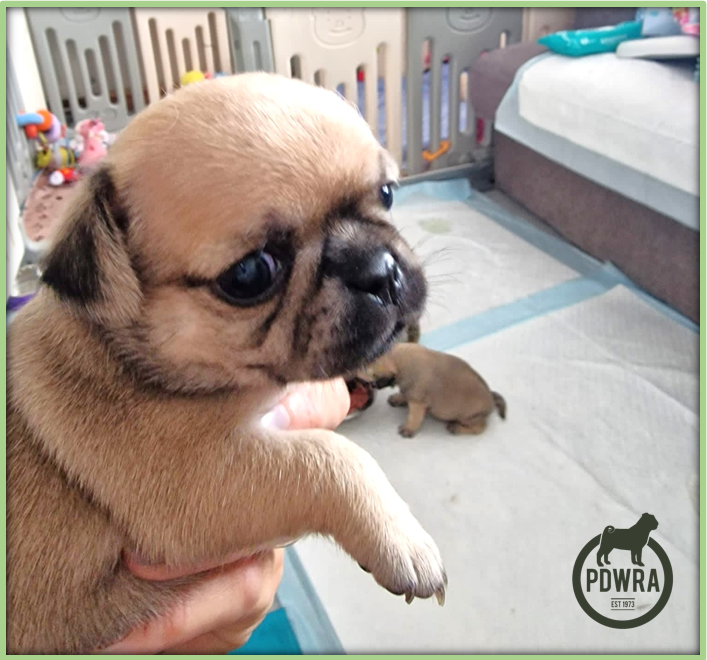
Pugs generally will not just go outside and do their business while you sit nice and warm in the kitchen and have a coffee. If they are outside, you’d better be outside, too. Most will not excrete outside without your company and encouragement. Many will also fake it, pretending to pee, but these quirks are part of the charm of the breed.
While some pugs can last all day while you’re at work, most can’t and none should be expected to. When was the last time you had to hold your bowels or bladder for eight to ten hours at a stretch? So if you are contemplating a pug (or small breed dog) then be sure that you can afford to have someone come in and let the dog out or make arrangements for the dog to excrete in an ‘approved’ spot.
Punishing a pug for an accident is not an effective method of house training. Praise for appropriate toileting will win the day – eventually – but scolding, yelling, hitting, or rubbing the dog’s nose in the mess will not house train the dog and will likely create a dog that will become a sneaky excreter. There are many good books and articles on house training.
Be prepared that if you have a pug puppy, you may well have to get up at night – two, three or four times a night – until they are six months or older.
Pug Quirks: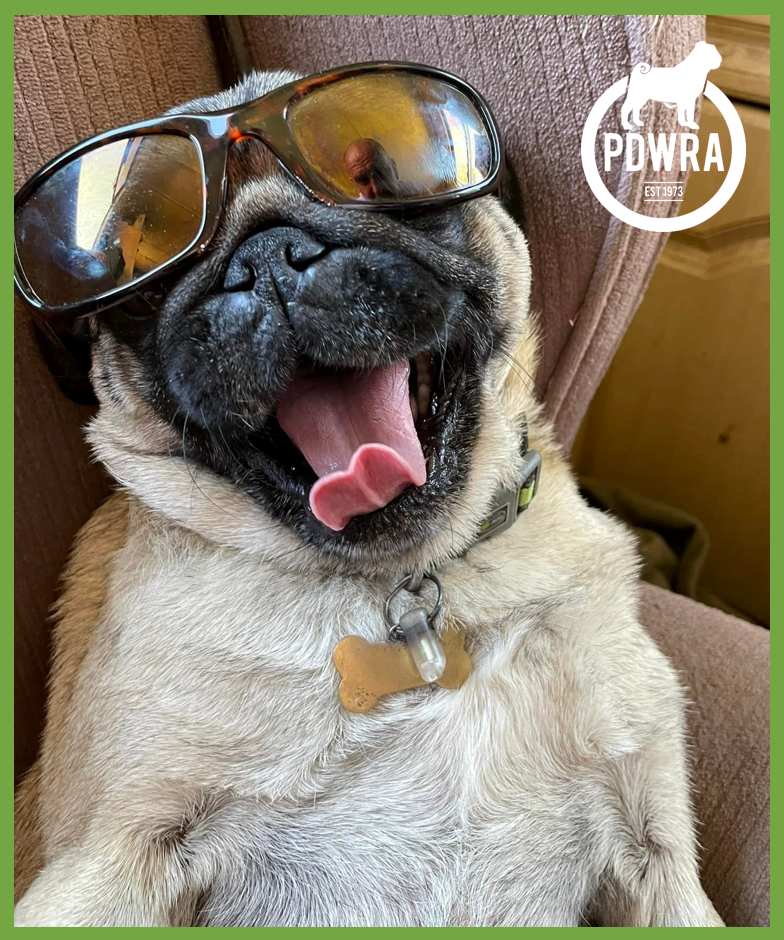
Pugs have a variety of quirks that drive some people nuts. They are nosey, inquisitive, and often right under foot. Many are tremendously food driven and will consume things that you don’t consider edible. I’m not kidding. They will eat sticks, rocks, coins, screws, plastic caps off of bottles. You name it, they will eat it. They figure out quickly that the command “drop it” means you’re going to take it away so many will swallow the forbidden object rather than give it up. It is your job to pug proof your home to avoid tragedy.
Many have tissue and toilet paper addictions that they have all their lives. I have known several to think eating used tissue is a true delight and will go out of their way to access it. I never trust any pug around any food source, rubbish bin or even cabinets that they can open.
Quite a few will “table surf”. If they can get onto your dining room or kitchen table, they will. And they will consume whatever is up there.
Pugs are often quite tactile. Many are obsessive lickers – of themselves, you, the other dogs or cats, the kids, the carpet, your pillow. It’s a pug thing. Many use their paws more like hands than paws. Quite a few are “swatters” and will use their paws to whack you or other animals – generally to play or get attention.
Pugs can be quite vocal and can be barkers, howlers, moaners and grumblers. I have known of many that were vocal in the extreme and would carry on protracted conversations with their owners. As a breed, they have the widest assortment of noises I’ve ever heard. And some snore very, very loudly.
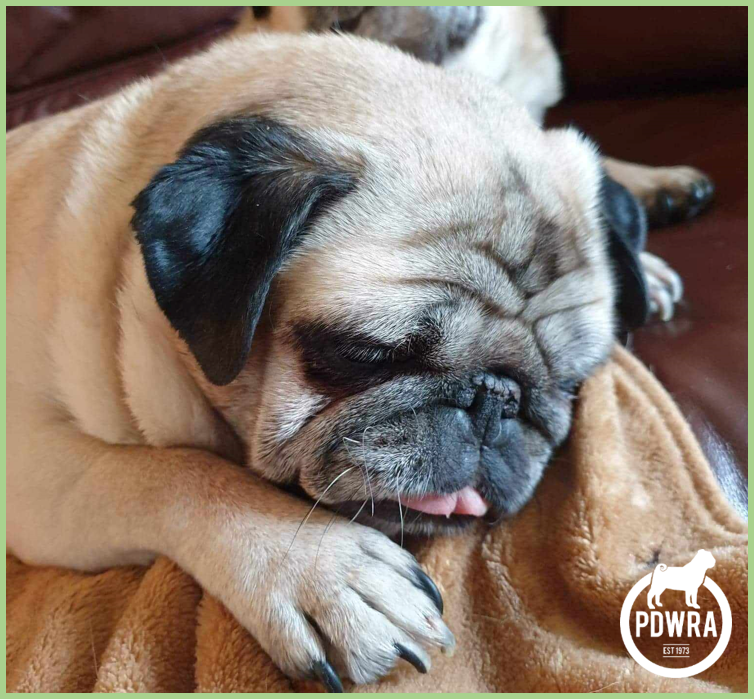
Pugs are tough little dogs that have no clue how small they are. Most will not initiate a fight, but many will vigorously defend themselves or others if a fight starts. Most are hopelessly outclassed in the fighting department and will get seriously hurt.
As a deeply food driven breed, you may have issues with food aggression and resource guarding. Make sure that you do research on working with these issues.
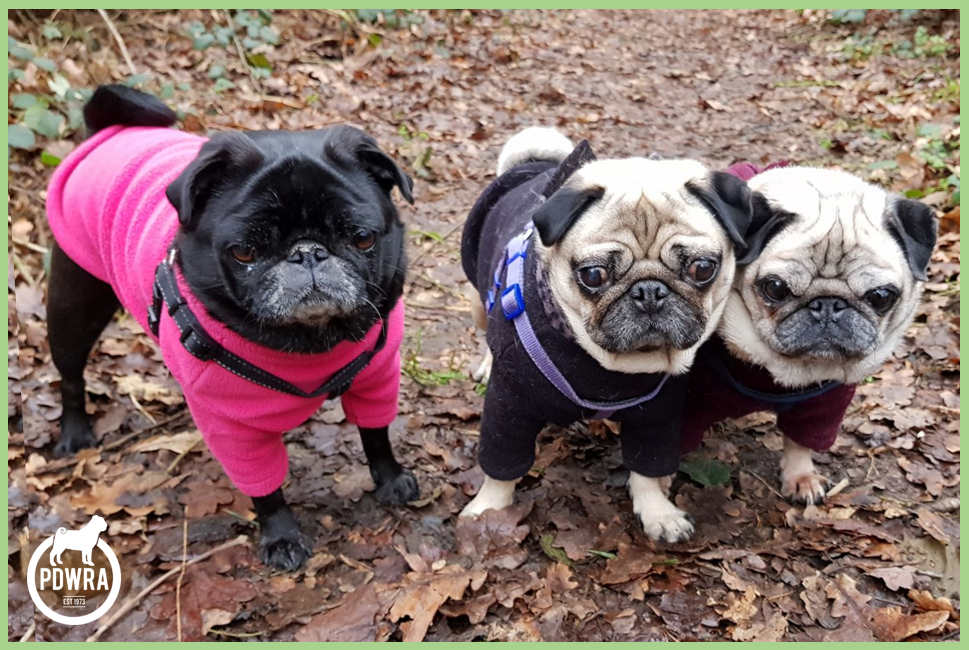
Many pugs are not fans of inclement weather and will resist toileting outside in the cold, rain or wind. Some are fine, but in my experience, many will refuse (or try to refuse) to toilet outdoors. Some will simply use your floors, some will hold their bowels and bladder for frighteningly long periods of time too. This is not healthy for them.
Few pugs will show any remorse or other indication that they know they did wrong by having accidents in the house. Some will, but most will happily mark floors and look at you like “What? I went to the door and you weren’t there so I used the floor. Get over it”.
No dog can be trained to be “traffic smart”. And don’t fool yourself that you can do this or that your neighbourhood is safe. Pugs (any dog, in my opinion) should not be off lead in any environment where they can get away from you and end up on the road or lost. They can be remarkably fast and it only takes a second for a dog to be hit by a car.
They have a remarkable capacity for bodily excretions. Expect to get your face sprayed at regularly, eye gunge will appear on clean clothes and occasionally the foul smell of anal gland excretions can appear anywhere they’re able to plant their bottoms. they can scoot on the ground when their glands are blocked or need emptying and they are uncomfortable. Some owners may need to regularly visit the vet to help with this.
Pugs are Smart: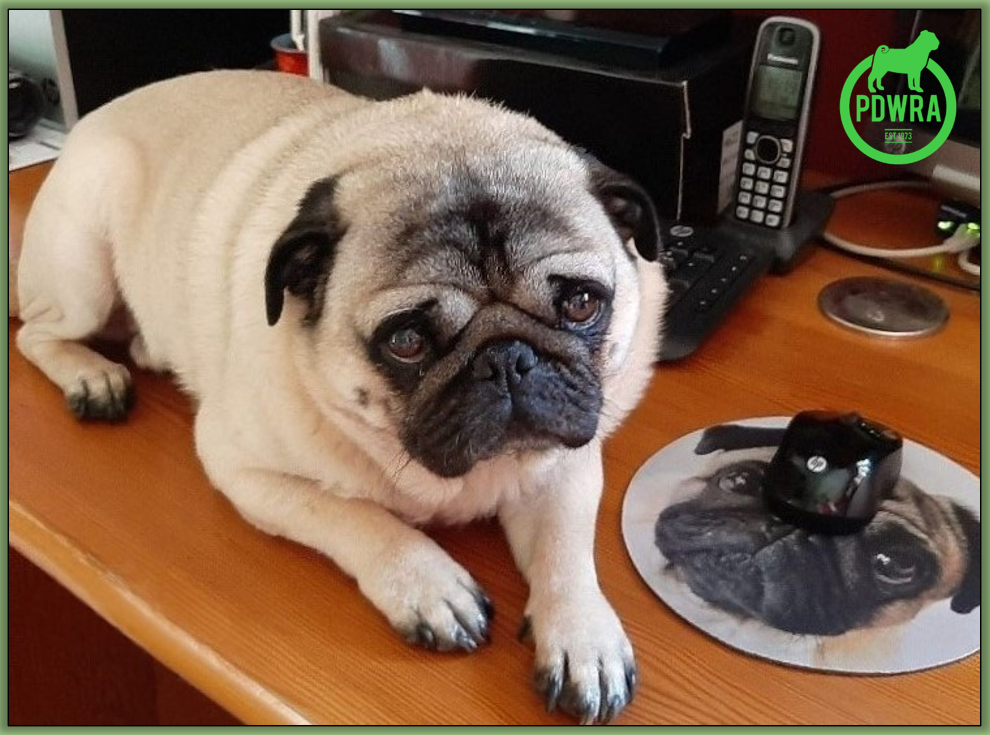
Pugs are often tagged as dumb dogs. Most aren’t. In fact, most are smart enough and stubborn enough to figure out how to get their way or how to outlast you. Positive training, setting rules and boundaries are crucial with this breed if you don’t want to end up with a thug. Since they are often very food driven, treats are very effective in training pugs.
And they are dogs. Let’s remember that. They aren’t little people, much as we like to think of them that way. They need to do dog things – go to parks, meet other dogs, play and have fun. Just as you wouldn’t raise a human child in isolation with no rules, it isn’t good for a pug to be raised in isolation where there are no rules or boundaries. Pugs are very adept at figuring out what you will and will not tolerate and will test the limits. You don’t need to be a dictator, but all dogs like to know what the routine is and like a predictable world.
Pug Energy:
While they aren’t sporting dogs, all pugs need exercise. Yes, quite a few would prefer to laze on the sofa all day, but that isn’t good for them. There are pugs that excel at agility, and at obedience. They don’t have to be slugs and most importantly, they shouldn’t get FAT. This can be a real struggle as they always act like they haven’t eaten in a week, have pitiful, soulful eyes and for some reason some of them just seem to think of food and put on weight. It really is important to remember that they need the right amount of food for the activity level of the dog. You don’t do your dog any kindness by letting them get obese; you will shorten their life significantly.
Please also read: FIT not FAT! | The Pug Dog Welfare & Rescue Association (pugwelfare-rescue.org.uk)
As mentioned earlier, they can be wildly busy puppies and many first time pug owners get very discouraged. They may slow down with time and age, but you need to be sure that your pug, regardless of energy level, gets exercise and mental stimulation.
Pug Health:
This, more than any other issue, is often the undoing of a pug owner. Like all pure bred dogs, pugs have some health issues that may crop up and they are often expensive health issues. DO YOUR RESEARCH on the breed and especially on where you are getting your pug.
Rescues generally have a good idea of the health issues facing a given dog – don’t assume that a rescued pug is going to be a health nightmare, many are simply being rehomed due to their owners’ circumstances.
You do put yourself at risk for expensive health issues with pugs from pet shops, internet ads and the newspaper. Most reputable breeders will have genetic testing going back generations. It’s no guarantee that your pug won’t have an issue, but it does decrease the odds.
Pugs are prone to issues specific to brachycephalic (flat faced) breeds (breathing, eyes, folds of skin) and are prone to issues of the toy breeds generally (luxating patella, dental problems, trachea). And then there is Pug Dog Encephalitis (PDE) that is pug specific.
Please see: Protein Losing Enteropathy (PLE). | The Pug Dog Welfare & Rescue Association (pugwelfare-rescue.org.uk)
Pugs have a very high rate of allergies – food being a big one – grains in particular. Pugs need a high quality diet. Shop brought kibble may not cut it and you can avoid a host of future problems if you start off feeding your pug a good diet, whether raw or a premium kibble.
Atopy is where an allergic reaction to inhaled substances (allergens, such as pollen and household dust), expressed in dogs as itchiness of the skin (atopic dermatitis). These dogs have a genetic predisposition to develop allergies and unfortunately, is another condition common to pugs.
It can also be due proteins in the diet (food allergy).
For further information on this, please see: Atopic Dermatitis (Itchy skin!). | The Pug Dog Welfare & Rescue Association (pugwelfare-rescue.org.uk)
Pugs have a high rate of vaccine reactions. Be watchful and conservative in your vaccination protocol.
Pet Insurance.
Think seriously about insurance for your pug. It can be a life saver, literally. If you don’t or won’t get insurance, then have a plan for what you will do when the first £2,500 vet bill crops up. It can happen. An eye injury in a pug can go from simple scratch to serious ulcer in 24 hours and need a corneal graft that will run you into some serious cash. Be prepared for this so that you aren’t sitting at the vet’s trying to figure out what to do because you can’t afford the vet care needed.
Please see: PDWRA’s vet advice on Pet Insurance | The Pug Dog Welfare & Rescue Association (pugwelfare-rescue.org.uk)
They Are A High Maintenance Breed!
Don’t get me wrong. I love pugs, but they are, to my mind, a high maintenance breed. They need and want a lot of attention. They moult like maniacs. I’m not kidding about the moult. It’s downright astonishing.
They can be bossy, stubborn, and full of naughtiness. They require a fair bit of watching and managing in terms of safety, health and general training. They can and will get themselves into trouble – by dashing into the road (if off the lead) to get a piece of squashed sandwich, chewing on your power cords, opening up your cupboards (which you thought were safe) and 7.5 kg bag of kibble, and jumping off of a height and snapping a leg bone.
They tend to need some pretty regular grooming, cleaning of nose folds, eye areas and are notoriously fussy about having their nails trimmed. You can see some real dramatic behaviour around nail clipping in particular. I’ve known several pugs to start screaming as if they were being killed before the nail trimming even started …..
They do a thing called Reverse Sneezing. Read up about it and save yourself a trip to the emergency vet. All pugs do it.
This is one of the most affectionate and overtly loving breeds I’ve ever owned. To me, they are worth the effort, expense and time that they require. They are clowns and comics and will provide hours of laughter and entertainment. But as a pug owner, you MUST be aware of the care involved in this breed.
We are grateful to one of our supporters for sending us this article for publication.
You will find a range of recent, useful pug health articles at: Pug Health & Wellbeing | The Pug Dog Welfare & Rescue Association (pugwelfare-rescue.org.uk)


